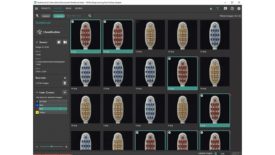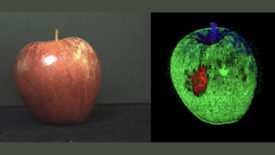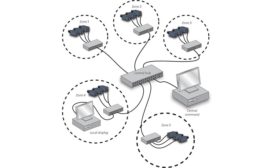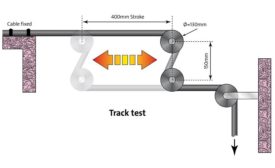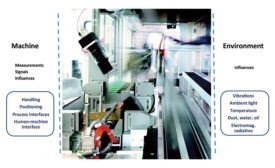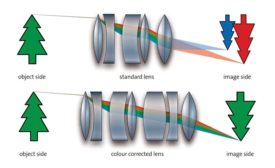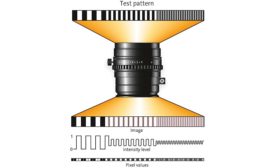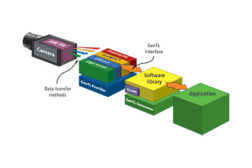Articles by Mark Williamson
Vision & Sensors | Vision
The move to Industry 4.0 requires better connectivity to enable data trasnfer and sharing between all components within the factory structure.
Read More
Vision & Sensors | Lenses
Optimizing Machine Vision Lenses For Different Wavelengths
The wavelengths used in any machine vision application have significant implications in choosing the ost appropriate lens.
March 1, 2022
Developments in Machine Vision Camera Interfaces
A number of data transfer hardware interfaces have been developed specifically for the machine vision sector over the years, including cameralink, GigE vision, USB3 vision, CoaXpress and Cameralink HS.
November 30, 2020
Choosing the Right Cables and Connectors for Machine Vision
All cables should be fully tested to check they have the correct point-to-point connections.
May 5, 2020
Machine Vision Lens Performance
A number of factors are important in lens design, including lens resolution, spatial distortion, and uniformity of illumination.
May 1, 2019
Keeping Up Standards in Machine Vision
The use of industrial vision as part of Industry 4.0 and smart factories has been discussed extensively in recent years, but requires machines to speak the same language.
November 15, 2018
Optics for High Accuracy Machine Vision
The best lens for a machine vision application is one that’s specifically selected for the sensor used in the camera.
April 30, 2018
Choosing a Lens for Machine Vision
Not surprisingly, with the enormous range of sensor formats and resolutions available in machine vision cameras, there are many options for lenses.
September 1, 2017
Vision & Sensors - Imaging Standards
Meet the Machine Vision Standards
Data transmission standards for machine vision
December 3, 2012
Stay in the know with Quality’s comprehensive coverage of
the manufacturing and metrology industries.
eNewsletter | Website | eMagazine
JOIN TODAY!Copyright ©2024. All Rights Reserved BNP Media.
Design, CMS, Hosting & Web Development :: ePublishing
